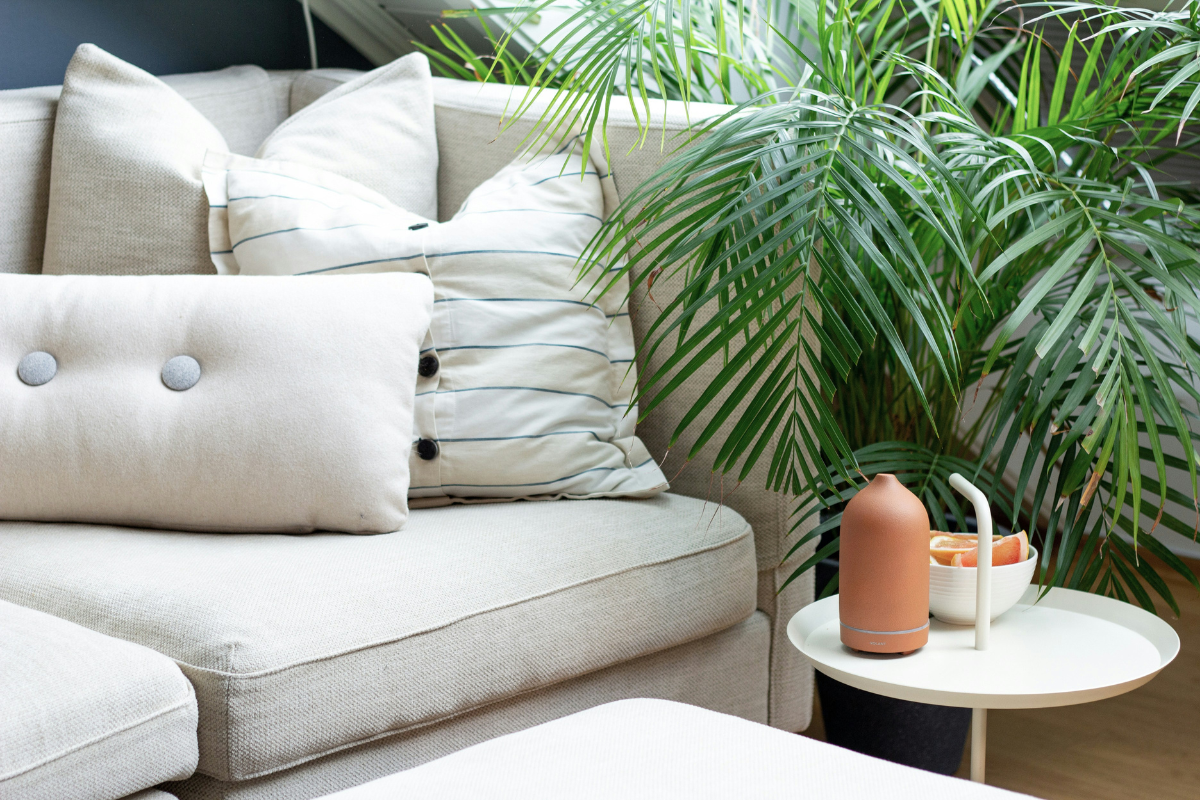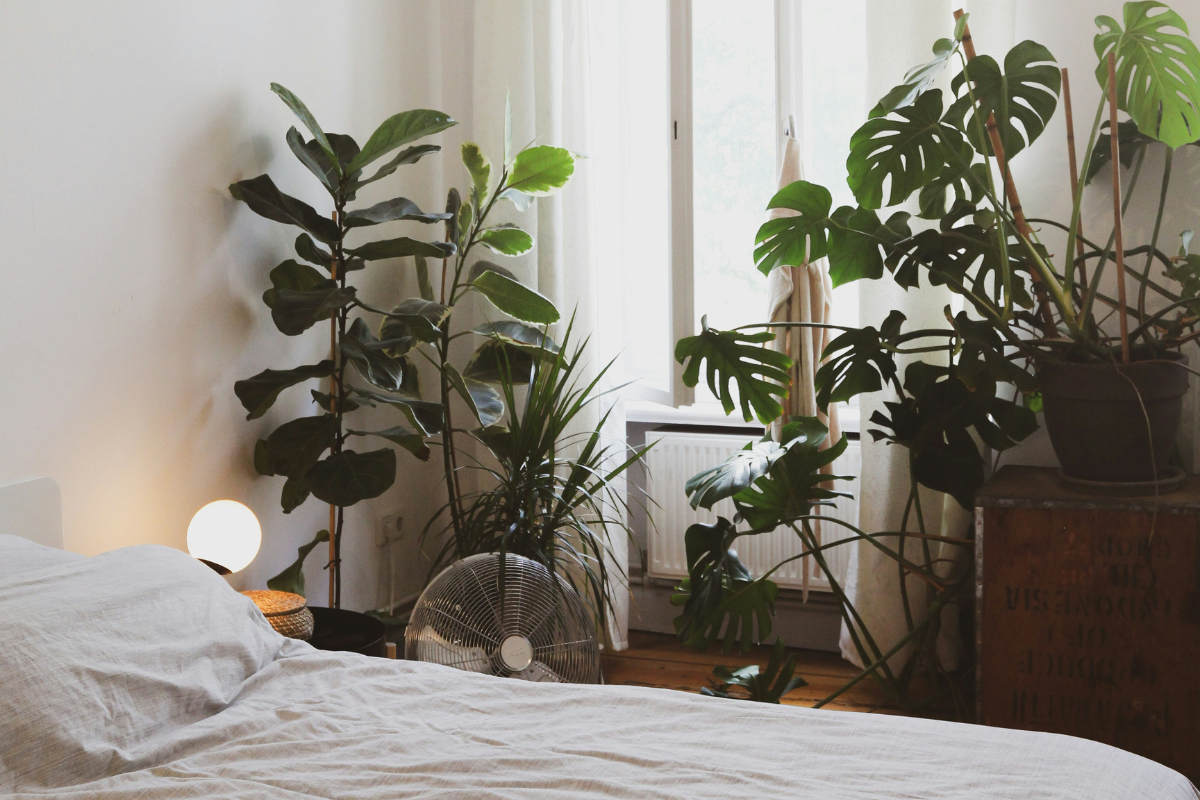How to make your home stylish and sustainable
Interior design is about creating a space that reflects your personality and supports your lifestyle, but it can also have a real impact on the planet and your well-being. Integrating sustainable design doesn’t mean compromising on style, it’s about making smarter, longer-lasting choices that are good for both your home and the environment.
1. Choose eco-friendly materials
Start with the basics: the materials you use. Look for products with low environmental impact: renewable resources, low carbon footprint, and minimal waste in production.
Examples include:
Bamboo, cork, or reclaimed wood
Organic cotton or recycled polyester for upholstery and curtains
Not only do these materials look beautiful, but they also ensure a responsible supply chain and are often recyclable at the end of their life.
2. Maximise energy efficiency
Sustainable interiors also focus on how your home performs. Energy-efficient lighting and appliances can significantly reduce your carbon footprint. LEDs, ENERGY STAR appliances, and clever use of natural light help keep energy consumption low. Good insulation and energy-efficient windows also reduce reliance on heating and cooling systems.
Water conservation is equally important. Low-flow taps, showerheads, and toilets, or even systems for greywater recycling and rainwater collection, reduce water waste without compromising comfort. Smart planning in these areas supports both sustainability and functionality.
3. Think beyond trends
Trends are fun, but they come and go. Over-investing in the latest color, piece of furniture, or décor item often leads to frequent replacements, bad for your wallet and the planet. Treat trends like spices in a recipe: a small accent piece, a pillow, or a paint touch can refresh your space without forcing a full makeover. This way, your home remains stylish and sustainable.
Sustainability is about long-lasting choices. Opt for well-made furniture and décor that will endure years of use instead of cheap, disposable items.
Invest in furniture and décor that lasts: classic lines, high-quality craftsmanship, and neutral colors. Timeless pieces endure years of use and age gracefully, keeping your interior stylish without constant updates.
Focus on pieces that add real value to your home, functionally and aesthetically
Declutter regularly: fewer, better-quality items are better for the planet and your mind
4. Reuse, upcycle, and embrace second-hand
Upcycling and second-hand pieces are eco-friendly and full of character. Before buying new, consider what can be refreshed or repurposed: a vintage dresser can become a bathroom vanity, old doors can turn into a headboard, or chairs can be reupholstered. This approach reduces waste, encourages a circular economy, and adds a personal, story-filled touch to your interiors.
5. Add lush greenery
Plants are more than décor, they improve indoor air quality and well-being. They absorb toxins, release oxygen, and create a healthier environment. Choose plants suited to your indoor conditions, ideally local species to minimize ecological impact. Integrating greenery is a simple way to combine beauty, sustainability, and a sense of connection to nature.
Key takeaway
Sustainable interior design is about style with purpose. By choosing eco-friendly materials, prioritising energy and water efficiency, reusing and upcycling, adding greenery, and investing in quality, timeless pieces, you create a home that’s beautiful, functional, and planet-friendly. Thoughtful, long-lasting choices make a big difference for both your health and the environment, proving that style and sustainability can go hand in hand.



